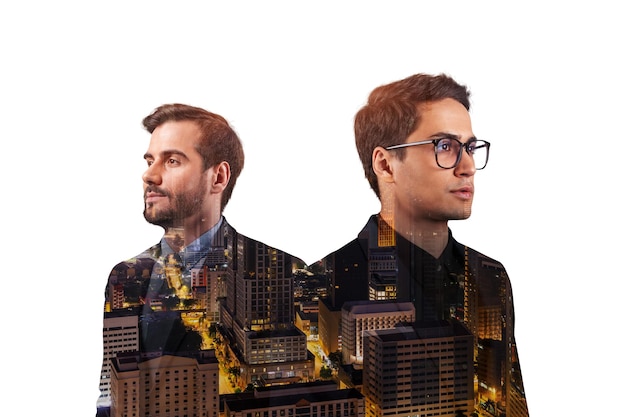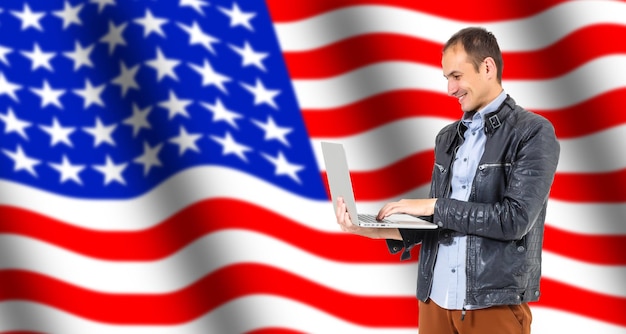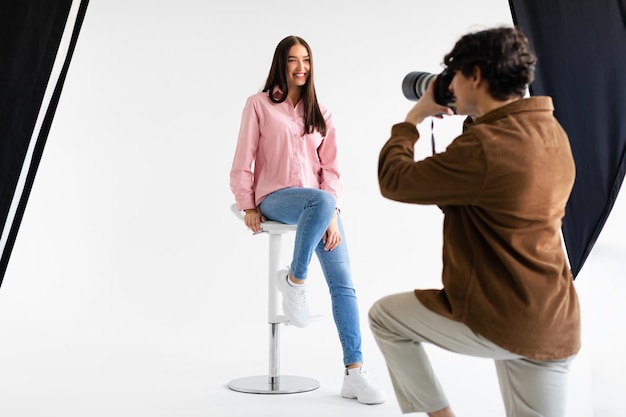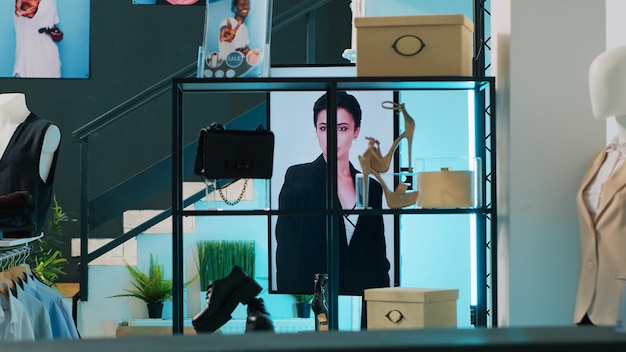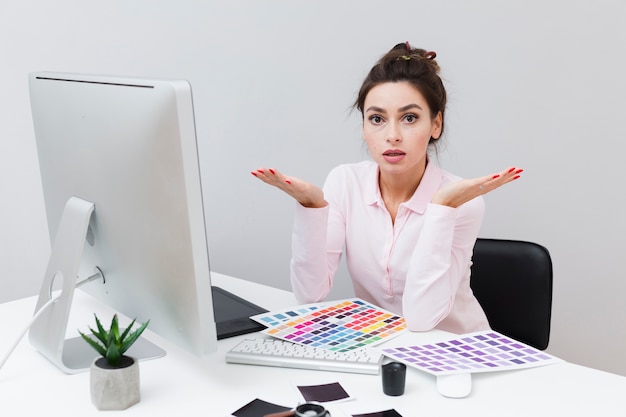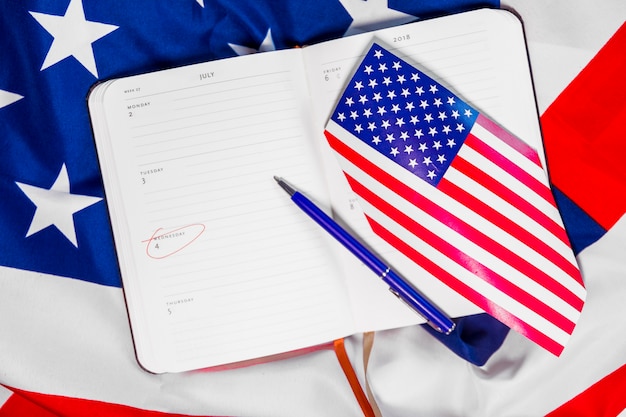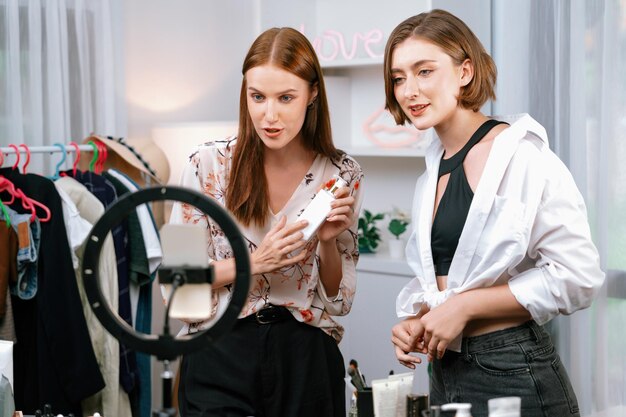
How Fashion Brands Use Image Retouching to Win Customers Online
Chapter 1: The Visual Era of Fashion
Fashion is a visual language. Before someone reads a product description or checks a price tag, they see the image. In an age where scrolling takes seconds and impressions are fleeting, one blurry or poorly lit photo can mean the difference between a sale and a scroll-away.
That’s why fashion brands invest heavily in professional photography and, even more importantly, retouching. A single high-quality, retouched image can elevate a brand’s entire perception.
Chapter 2: What Is Image Retouching?
Image retouching is the process of enhancing photos using editing tools to correct, improve, or stylize elements of an image. This can include:
-
Removing blemishes or wrinkles on clothing or models
-
Adjusting lighting, color tones, or contrast
-
Removing background distractions
-
Enhancing fabric textures
-
Straightening lines and fixing proportions
In fashion, it goes beyond filters. It’s about perfecting the smallest details so that the product looks its best while remaining true to reality.
Chapter 3: Why Fashion Brands Rely on Retouching
1. First Impressions Count
Consumers form opinions in milliseconds. A well-retouched image instantly communicates professionalism, quality, and trustworthiness.
2. Consistency Across Catalogs
A cohesive visual identity is crucial. Whether you have 10 products or 1,000, each image must reflect a unified style. Image retouching ensures consistency in lighting, shadows, and tone.
3. Highlighting Details
The glint of a sequin, the flow of silk, or the grain in leather – these are tactile elements that online shoppers can't feel. Retouching brings these to life visually.
4. Removing Distractions
Unwanted background elements, loose threads, or temporary wrinkles? Gone. Retouching focuses the viewer’s attention on the product.
5. Boosting Conversion Rates
High-quality images build confidence. When customers see polished photos, they're more likely to trust the brand and proceed to checkout.
Chapter 4: Types of Retouching Used by Fashion Brands
1. Model Skin Retouching
Models are human, and skin imperfections are natural. However, for marketing campaigns, brands often smooth skin while preserving natural textures to maintain authenticity.
2. Product Photo Cleanup
Dust particles, scratches on shoes, or uneven folds in fabric are removed to present the item in its best form.
3. Color Correction
Different lighting setups can alter the real color of products. Color correction ensures the displayed product color matches the physical item.
4. Background Removal and Replacement
For e-commerce stores, white or solid color backgrounds are standard. Retouching services can cleanly remove and replace backgrounds while keeping product shadows realistic.
5. Symmetry and Shape Adjustment
Sometimes garments don’t sit perfectly. Retouchers can correct shape distortions without altering design.
Chapter 5: The Psychology Behind Polished Imagery
Studies show that humans are naturally drawn to symmetry, color balance, and high clarity. When a fashion image appeals visually, it triggers emotions that influence decision-making. Retouching plays directly into this subconscious processing.
Well-lit, clean, and vibrant product photos can:
-
Make products appear more premium
-
Encourage impulse buying
-
Establish brand authority
Chapter 6: Common Tools and Techniques
While many tools exist, Adobe Photoshop remains the industry standard. However, some popular techniques include:
-
Frequency separation for skin smoothing
-
Dodge and burn for light sculpting
-
Clone stamp for removing blemishes
-
Liquify for reshaping
These tools, when used skillfully, allow retouchers to enhance images without overdoing it.
Chapter 7: Real-Life Examples from Fashion Brands
While we won’t name specific third parties, many top global fashion houses have in-house editing teams or outsource to professional retouching agencies. They follow strict guidelines to balance enhancement with authenticity.
Even mid-sized online boutiques rely on background editing, color correction, and product shadow enhancement to stay competitive on platforms like Instagram and Pinterest.
Chapter 8: Mobile vs Desktop Experience
Image retouching also considers device optimization. A picture might look great on a laptop but not on a phone screen. Professional retouchers test image appearance across devices to ensure consistency.
Chapter 9: Ethical Considerations in Retouching
Over-editing can backfire. Many fashion brands now face backlash if editing distorts body shapes or misleads customers. That’s why ethical retouching – which enhances without deceiving – is the modern standard.
Transparency and realism are key. Brands are learning to embrace diversity, natural textures, and real-life representations while still using retouching for quality control.
Chapter 10: Retouching for Social Media vs E-Commerce
E-commerce retouching is focused on accuracy and detail. Social media retouching, however, allows for more creativity. Brands use mood-based edits, stylized filters, and artistic cropping to tell a story or match a theme.
Each platform has its style, and retouching helps adapt images accordingly:
-
Instagram: Vibrant, story-driven
-
Pinterest: Clean, elegant, aspirational
-
Facebook: Warm and community-friendly
-
Website: Neutral background, high clarity
Chapter 11: Why Outsourcing Retouching Makes Sense
In-house editing teams can be expensive. Many fashion companies partner with professional image editing services like Clipping Path America. These services offer:
-
Fast turnaround
-
High-quality control
-
Scalable volume handling
From clipping paths and background removal to high-end model retouching, outsourcing ensures quality without overwhelming internal teams.
Chapter 12: ROI of Professional Retouching
Investing in high-quality image retouching pays off:
-
Higher Click-Through Rates (CTR): Ads with polished visuals perform better
-
Better Engagement: Social media posts with clean images get more likes
-
Increased Sales: Clear and detailed photos help customers make decisions faster
Chapter 13: The Future of Fashion Retouching
As AI and automation tools evolve, the image retouching landscape is also shifting. However, the human touch is still irreplaceable when it comes to creativity, storytelling, and brand alignment.
Brands will likely use AI for batch editing and reserve manual retouching for high-value campaigns.
Conclusion: The Silent Game-Changer
Behind every striking fashion image lies a team of professionals who understand lighting, composition, and post-production magic. In a world where shoppers can’t touch or try the clothes, image retouching becomes the bridge between the physical and digital.
Fashion brands that invest in quality image retouching don’t just win customers’ attention – they win their trust, loyalty, and wallets.
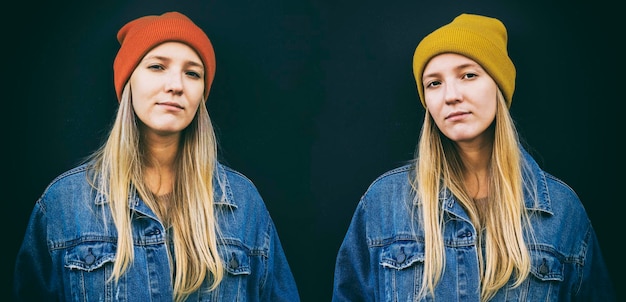
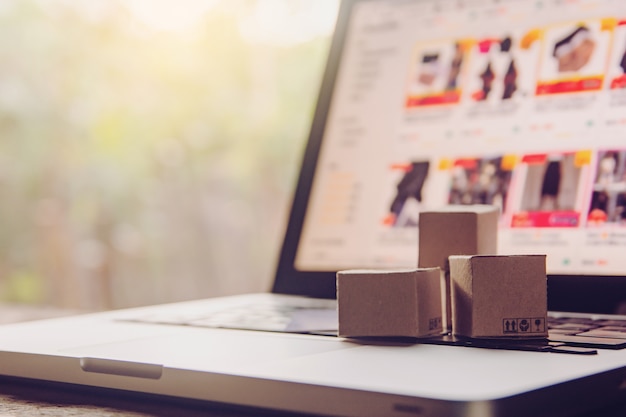
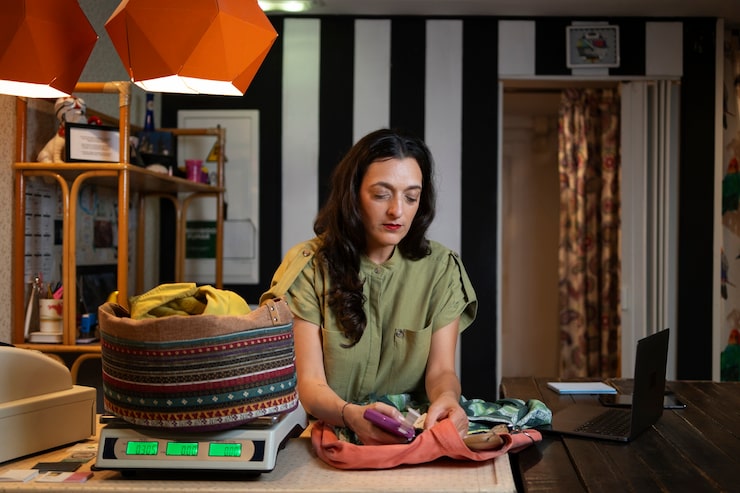


.jpg)
